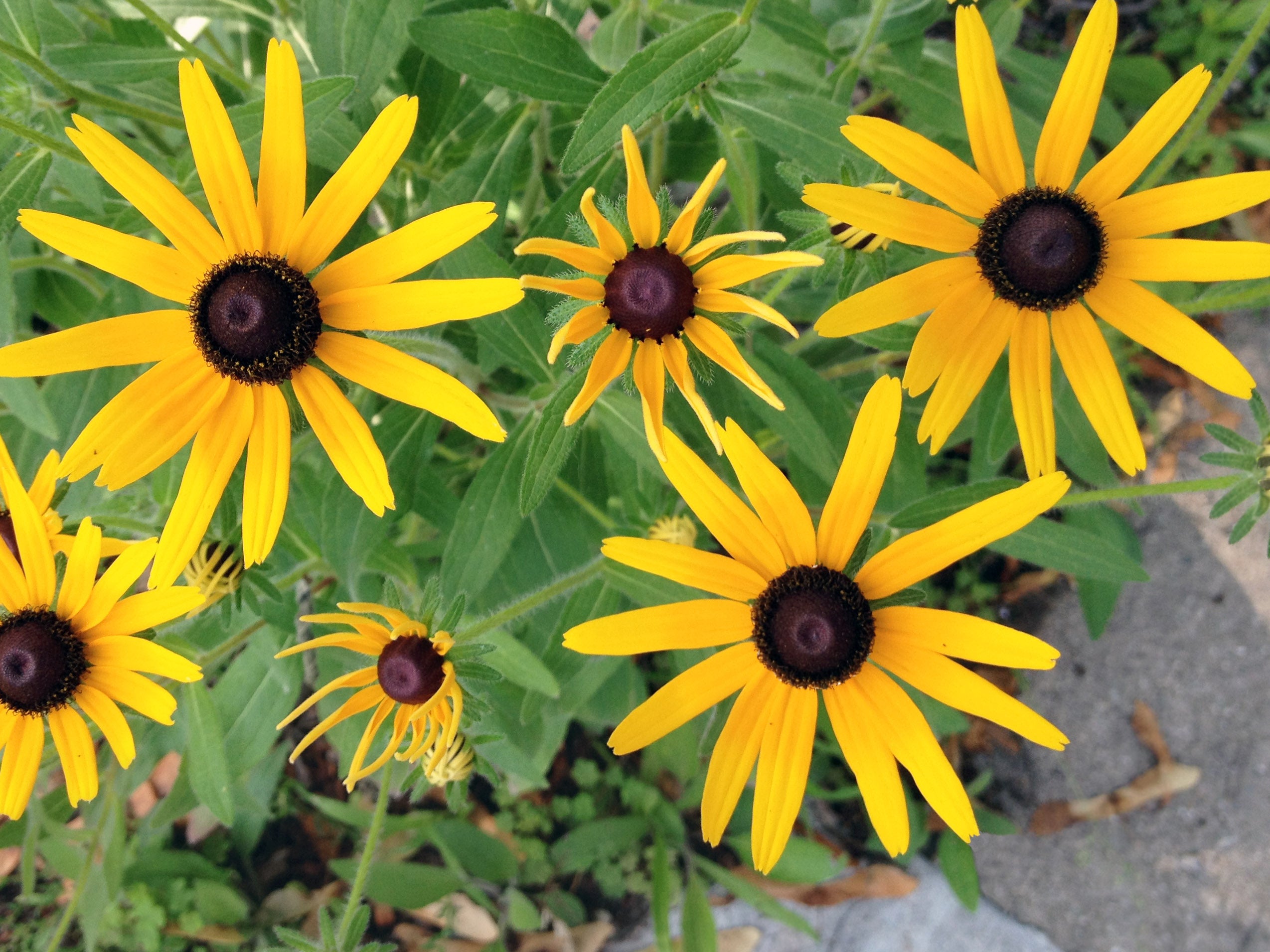Black-eyed Susans are a vibrant and cheerful wildflower that add a burst of color to gardens, meadows, and roadsides. With their bright yellow petals and dark brown centers, these plants are a beloved sight for many.
A Brief History and Distribution
Native to North America, Black-eyed Susans have been cultivated for centuries. They were prized by Native Americans for their medicinal properties and use in ceremonial practices. Today, these hardy perennials are found in various regions of the world, thriving in sunny and well-drained conditions.
Botanical Characteristics and Growth Habits
Scientific Name: Rudbeckia hirta

Black-eyed Susans are known for their vigorous growth and easy care. They are drought-tolerant and can thrive in a variety of soil types. These plants are self-seeding, so they can easily spread and naturalize in gardens.
Attracting Wildlife
Black-eyed Susans are a favorite of pollinators, including bees, butterflies, and hummingbirds. The abundant nectar and pollen produced by these flowers provide essential food sources for these beneficial insects. Additionally, birds and small mammals may consume the seeds of Black-eyed Susans.
Medicinal Uses
Throughout history, Black-eyed Susans have been used for medicinal purposes. Native Americans believed that these plants had healing properties for various ailments, including colds, flu, and skin conditions. Some modern herbalists continue to use Black-eyed Susans as a natural remedy.
:max_bytes(150000):strip_icc()/how-to-plant-and-care-for-rudbeckias-black-eyed-susans-lead-1122-2000-f0c9d433acdc4e7dbcbfa7193292efed.jpg)
Gardening Tips
Planting: Plant Black-eyed Susan seeds or seedlings in full sun and well-drained soil.
Black-eyed Susans are a versatile and low-maintenance addition to any garden. Their vibrant colors and ability to attract wildlife make them a popular choice for gardeners and nature enthusiasts alike. Whether you are a seasoned gardener or just starting out, Black-eyed Susans are sure to bring joy and beauty to your outdoor space.
:max_bytes(150000):strip_icc()/choosing-and-growing-black-eyed-susan-1402860-09-662b1c1f50364f05ad4fd1a93ffa35e6.jpg)




:max_bytes(150000):strip_icc()/GettyImages-519977770-5a9646281d640400377d6322.jpg?w=200&resize=200,112&ssl=1)

